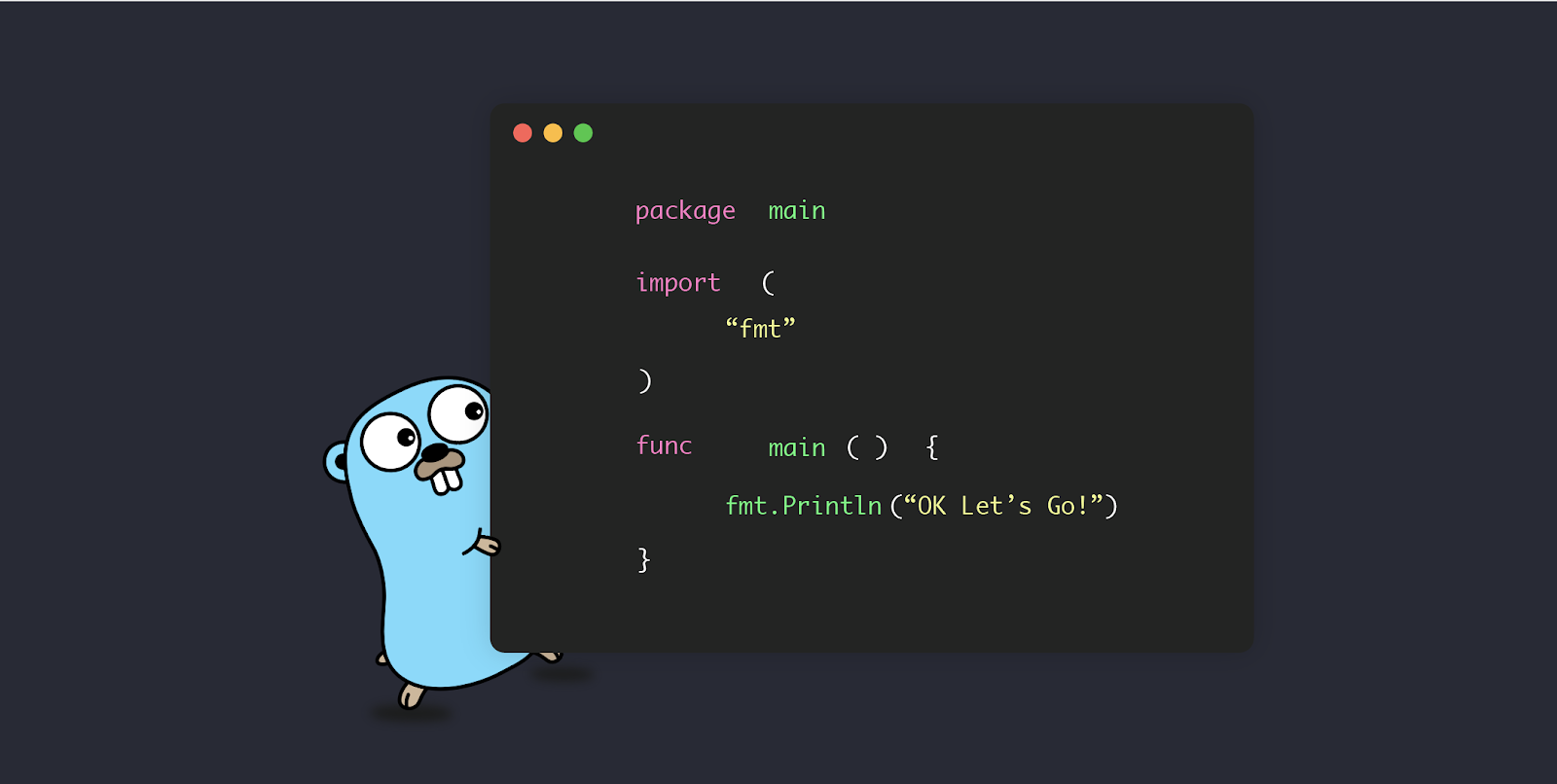In the world of Go programming, the Reader interface stands as a fundamental and powerful tool for reading data from various sources. This interface, defined in the io package, enables you to abstract away the specifics of data sources, making your code more modular and flexible. In this blog, we'll dive deep into the Reader interface in Go, exploring its definition, use cases, syntax, advantages, and best practices. Whether you're new to Go or an experienced developer, this guide will help you harness the full potential of the Reader interface.
What Is the Reader Interface?
The Reader interface in Go is defined as follows:
type Reader interface {
Read(p []byte) (n int, err error)
}This interface consists of a single method, Read, which reads data into a byte slice and returns the number of bytes read and an error (if any). The Reader interface abstracts data sources and allows you to read data from a wide range of sources, including files, network connections, strings, and more.
Implementing the Reader Interface
To implement the Reader interface, a type needs to define the Read method. Here's an example:
package main
import (
"io"
"strings"
)
type MyReader struct {
data string
pos int
}
func (r *MyReader) Read(p []byte) (n int, err error) {
if r.pos >= len(r.data) {
return 0, io.EOF
}
n = copy(p, r.data[r.pos:])
r.pos += n
return
}
func main() {
data := "Hello, Reader!"
reader := &MyReader{data: data}
buffer := make([]byte, 5)
for {
n, err := reader.Read(buffer)
if err == io.EOF {
break
}
// Process the read data here
println(string(buffer[:n]))
}
}In this example, the MyReader type implements the Reader interface by defining the Read method. The Read method reads data from the data field of MyReader and copies it into the byte slice p. When there's no more data to read, it returns io.EOF to signal the end of the data source.
Use Cases for the Reader Interface
The Reader interface in Go is incredibly versatile and finds use in various scenarios, including:
-
File I/O: Reading data from files and writing custom file parsers.
-
Network I/O: Reading data from network connections, such as HTTP requests and responses.
-
String Parsing: Parsing and extracting data from strings or other textual data sources.
-
Custom Protocols: Implementing custom protocols for communication with external systems or devices.
-
Data Transformation: Reading and transforming data from one format to another, such as encoding and decoding data.
-
Testing: Creating mock readers for unit testing, enabling you to simulate various data sources.
Advantages of the Reader Interface
The Reader interface offers several advantages in Go:
-
Abstraction: It abstracts data sources, allowing you to read data from different sources using a unified interface.
-
Flexibility: The interface is flexible and can be implemented for a wide range of data sources.
-
Modularity: By using the
Readerinterface, you can write modular and reusable code that is not tightly coupled to specific data sources. -
Testing: It simplifies unit testing by enabling the creation of mock readers for testing components that read data.
Best Practices for Using the Reader Interface
To make the most of the Reader interface in Go, consider the following best practices:
-
Implement Error Handling: Always implement error handling in the
Readmethod to handle potential errors, such as reaching the end of the data source. -
Buffering: Use an appropriately sized buffer to read data efficiently. Smaller buffers may result in frequent
Readcalls, impacting performance. -
Use
io.EOF: When you've reached the end of the data source, returnio.EOFto indicate the end of the data. -
Close Resources: If your reader is associated with a resource like a file, network connection, or database, ensure that you close the resource when you're done with it.
-
Testing: When writing unit tests for components that use the
Readerinterface, create mock readers to simulate different data scenarios for thorough testing. -
Document Intent: Clearly document the expected behavior and format of the data source when implementing the
Readerinterface to aid developers who use your code.
Conclusion
The Reader interface in Go is a powerful tool for abstracting data sources and reading data in a modular and flexible way. By understanding how to implement and utilize the Reader interface effectively and following best practices, you can write code that is not only versatile but also maintainable and clear. Whether you're building web applications, system-level utilities, or data processing pipelines, the Reader interface is a valuable asset in your Go developer toolkit.
